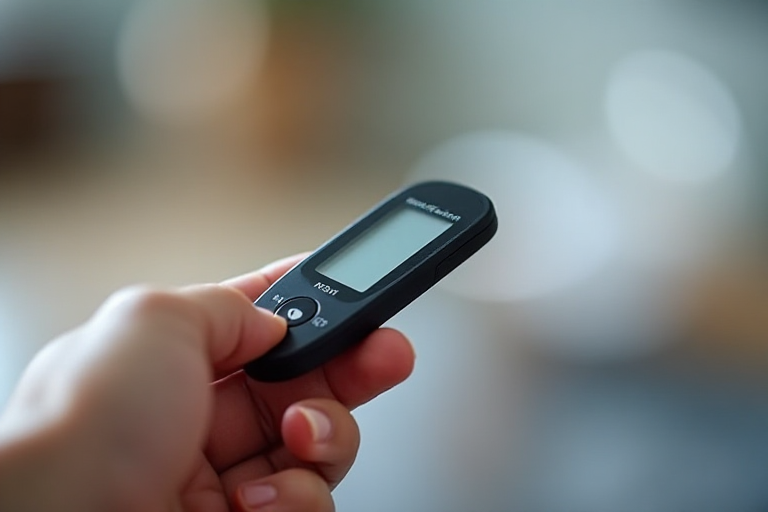
Maintaining optimal health and fitness is a goal for many, and understanding how to monitor blood sugar levels plays a crucial role in achieving this. Blood sugar, or glucose, is the main sugar found in your blood and comes from the food you eat. It is your body’s primary source of energy. Proper management of blood sugar levels is essential for everyone, not just those with diabetes. This article delves into the importance of blood sugar monitoring, the tools available for this purpose, and how it ties into overall health and fitness.
Why Monitor Blood Sugar?
Monitoring blood sugar levels is vital for several reasons. For individuals with diabetes, it helps in managing the condition and preventing complications. For others, it can provide insights into how their body processes sugar, which can be crucial for maintaining energy levels, managing weight, and preventing chronic diseases. Regular monitoring can help identify patterns and triggers that affect blood sugar levels, enabling better dietary and lifestyle choices.
Tools for Blood Sugar Monitoring
There are several tools available for monitoring blood sugar levels, each with its own set of features and benefits. The most common tool is the blood glucose meter, which requires a small blood sample, usually obtained by pricking the finger. Continuous glucose monitors (CGMs) are another option, providing real-time data on glucose levels throughout the day and night. These devices are particularly useful for those who need to monitor their levels closely, such as individuals with type 1 diabetes.
How Blood Sugar Monitoring Ties into Health and Fitness
Understanding and managing blood sugar levels can significantly impact your health and fitness goals. Stable blood sugar levels can help maintain consistent energy levels, which is crucial for both daily activities and exercise. It can also aid in weight management, as fluctuations in blood sugar can lead to cravings and overeating. Additionally, maintaining healthy blood sugar levels can reduce the risk of developing chronic conditions such as heart disease and type 2 diabetes.
Practical Tips for Effective Blood Sugar Monitoring
To get the most out of blood sugar monitoring, it’s important to follow some practical tips. First, choose the right tool for your needs. If you require frequent monitoring, a CGM might be more suitable. Second, keep a log of your readings to identify patterns and make informed decisions about your diet and lifestyle. Third, consult with a healthcare professional to interpret your results and make necessary adjustments to your health plan.
Conclusion
Blood sugar monitoring is a powerful tool for maintaining health and fitness. By understanding how your body processes glucose and using the right tools to monitor it, you can make informed decisions that enhance your overall well-being. Whether you have diabetes or are simply looking to optimize your health, regular blood sugar monitoring can provide valuable insights and help you achieve your health and fitness goals.
